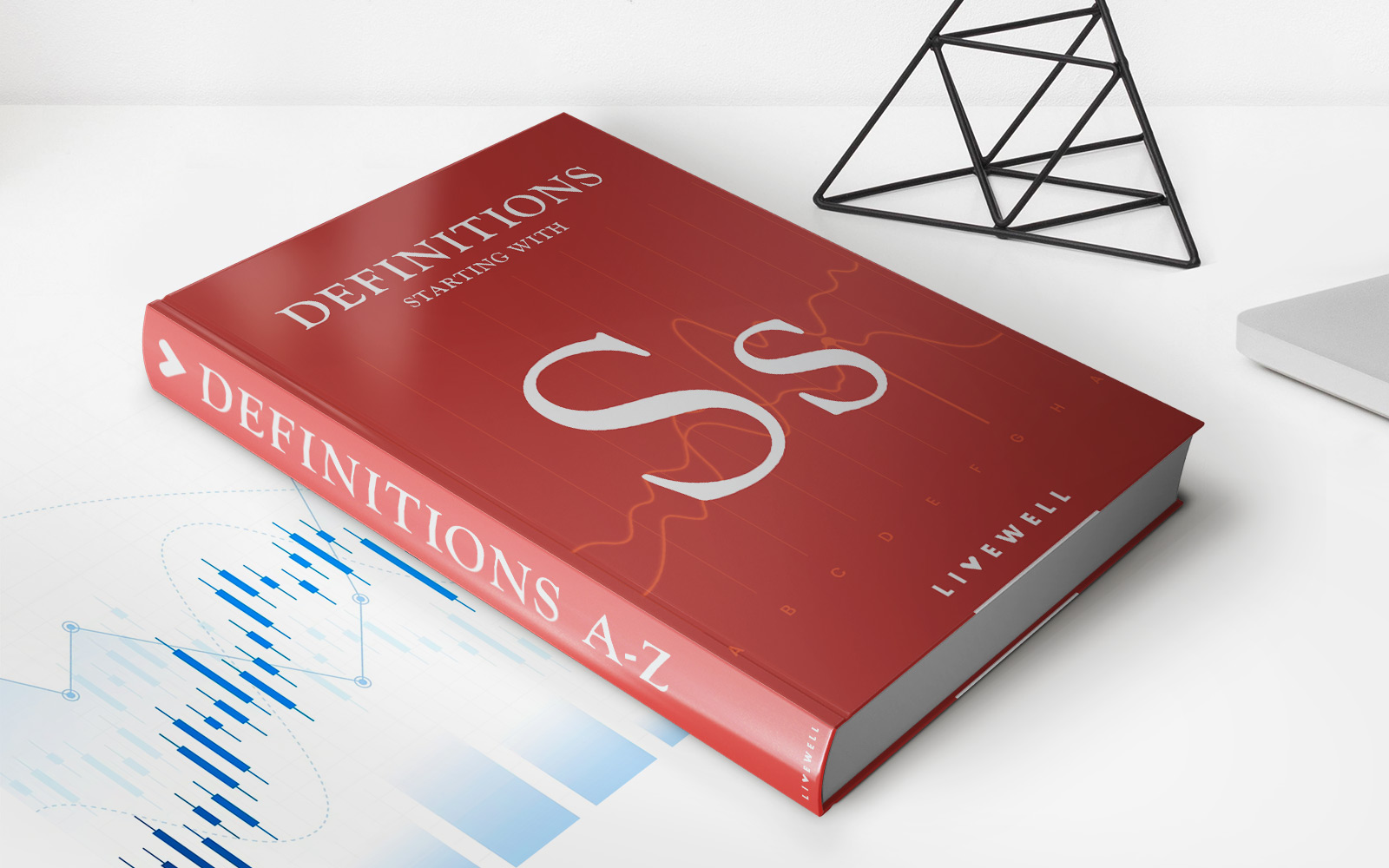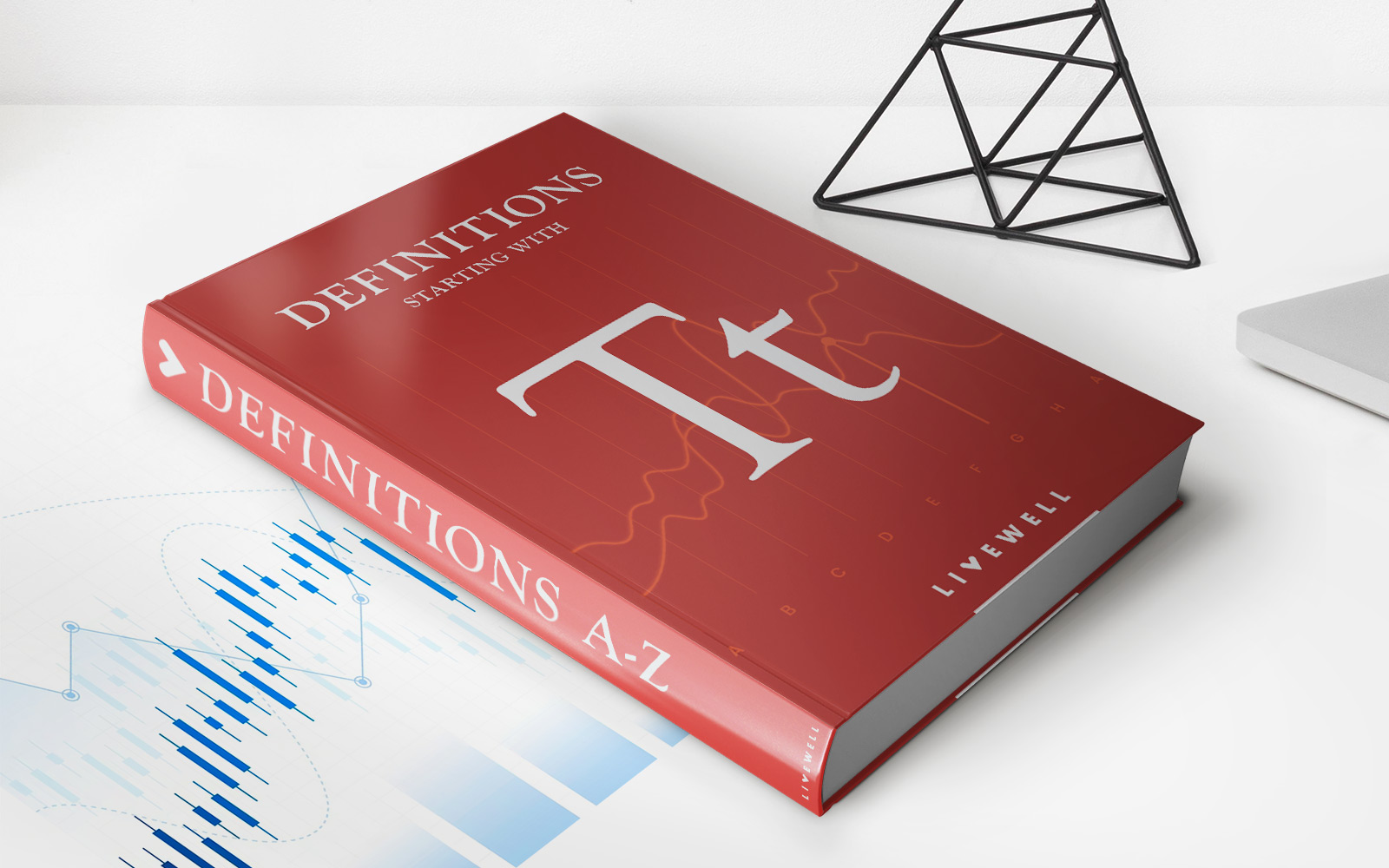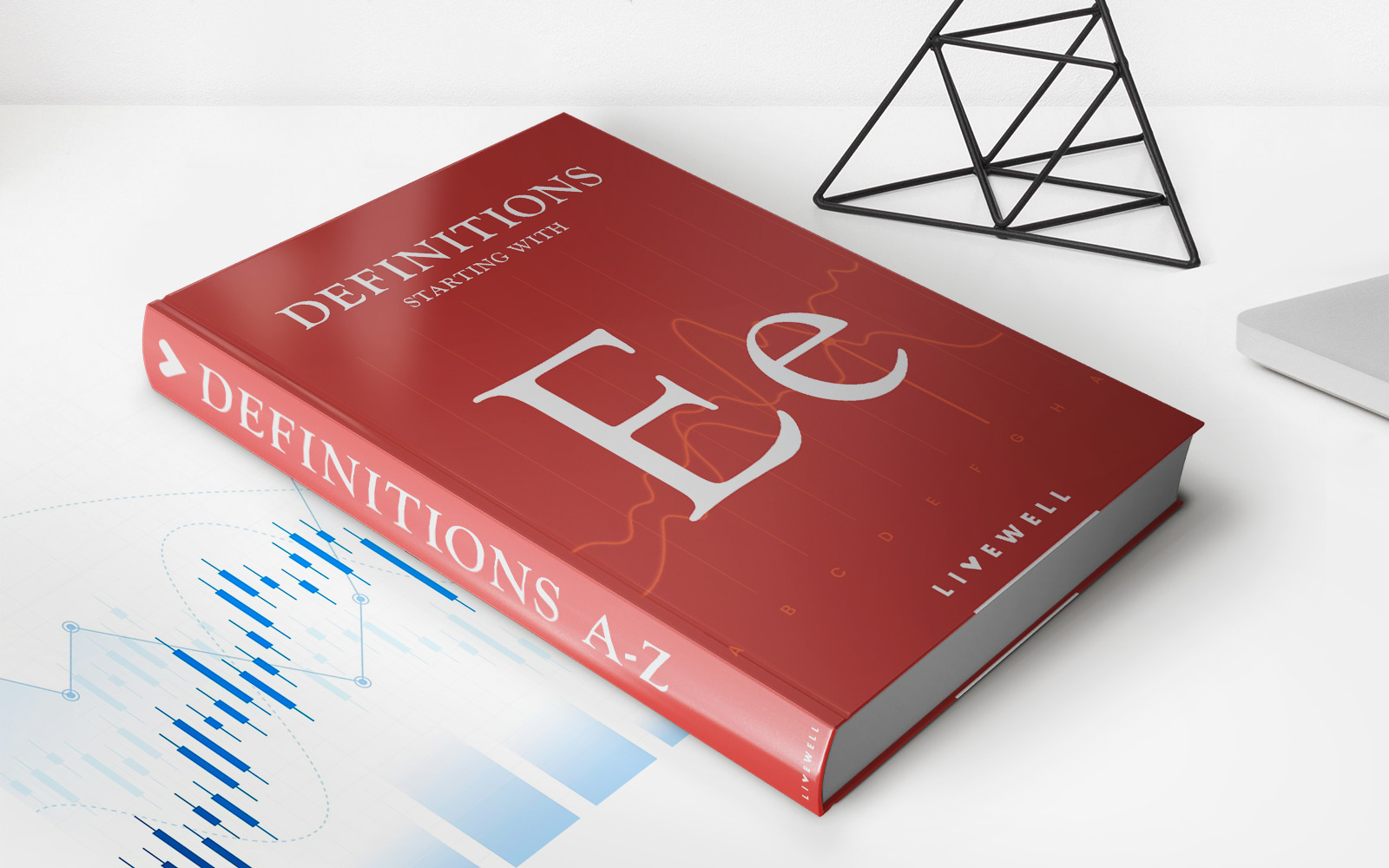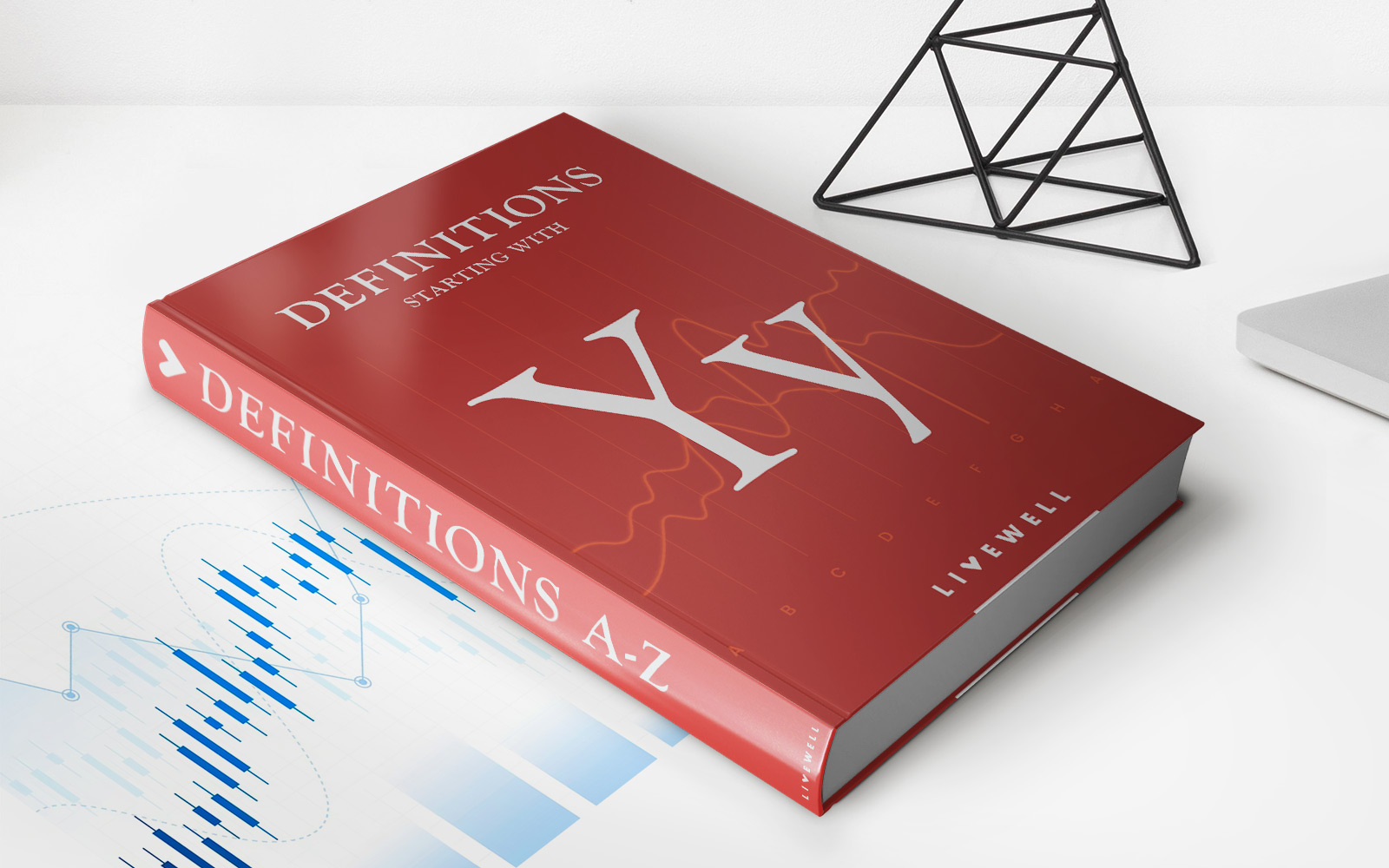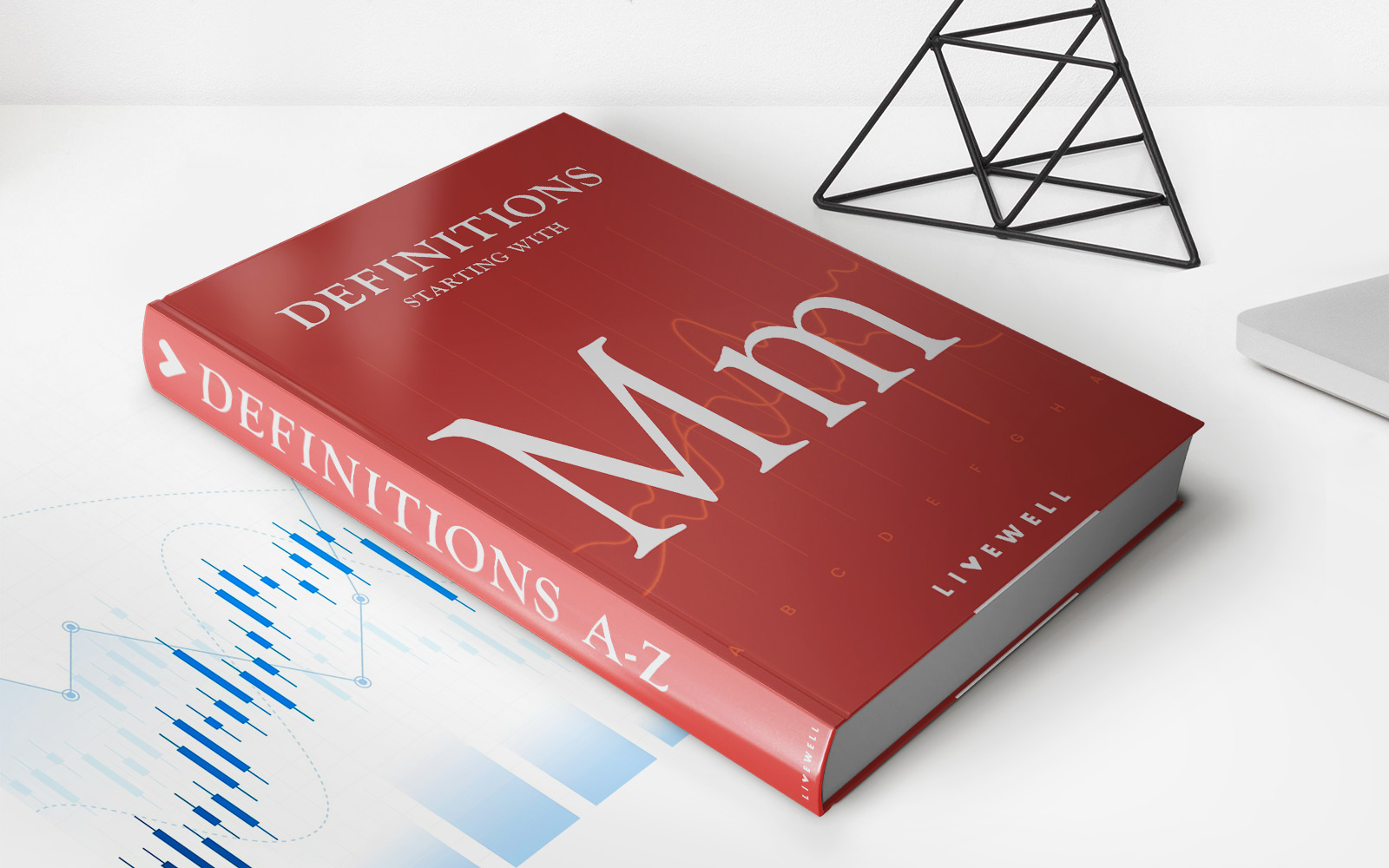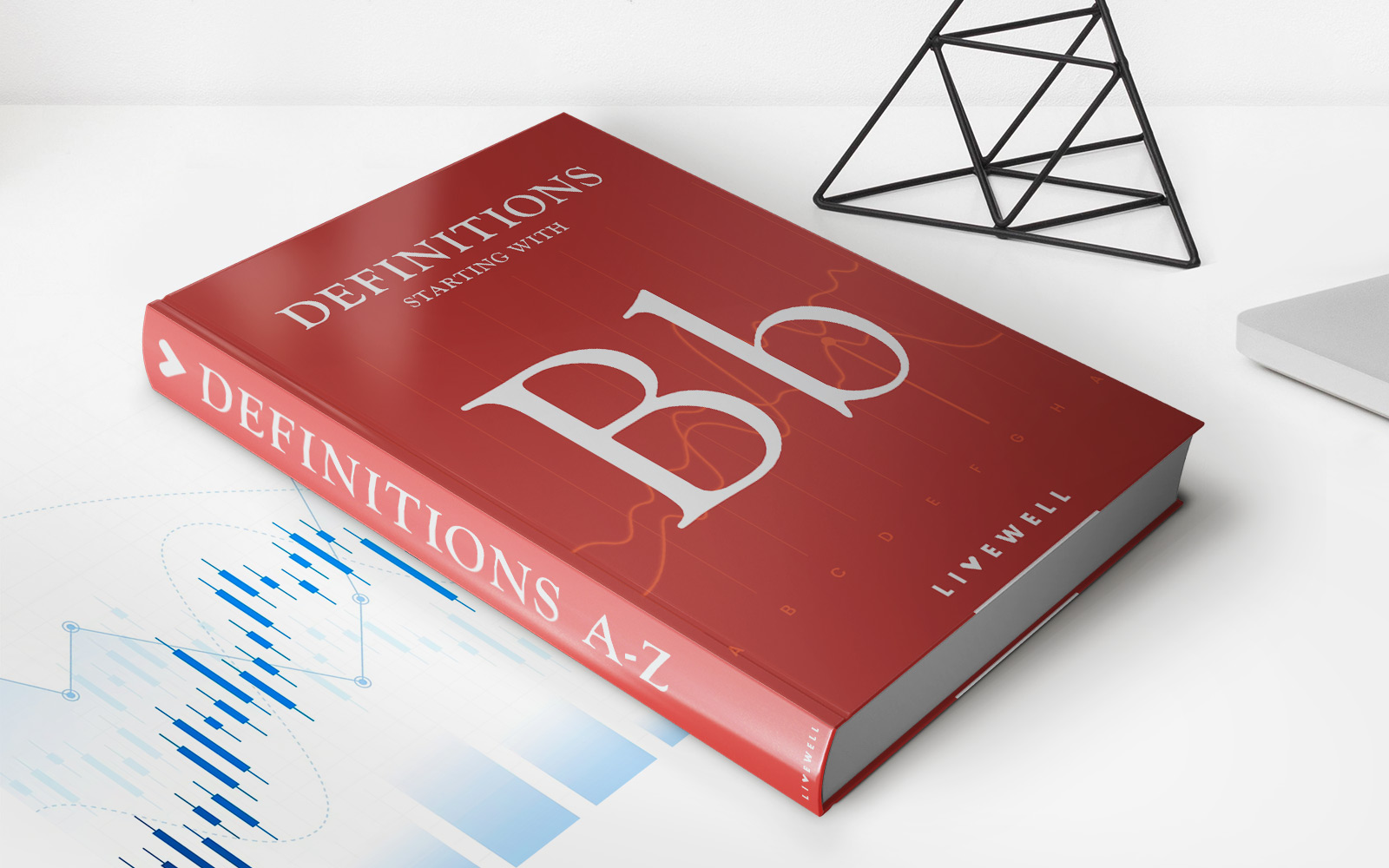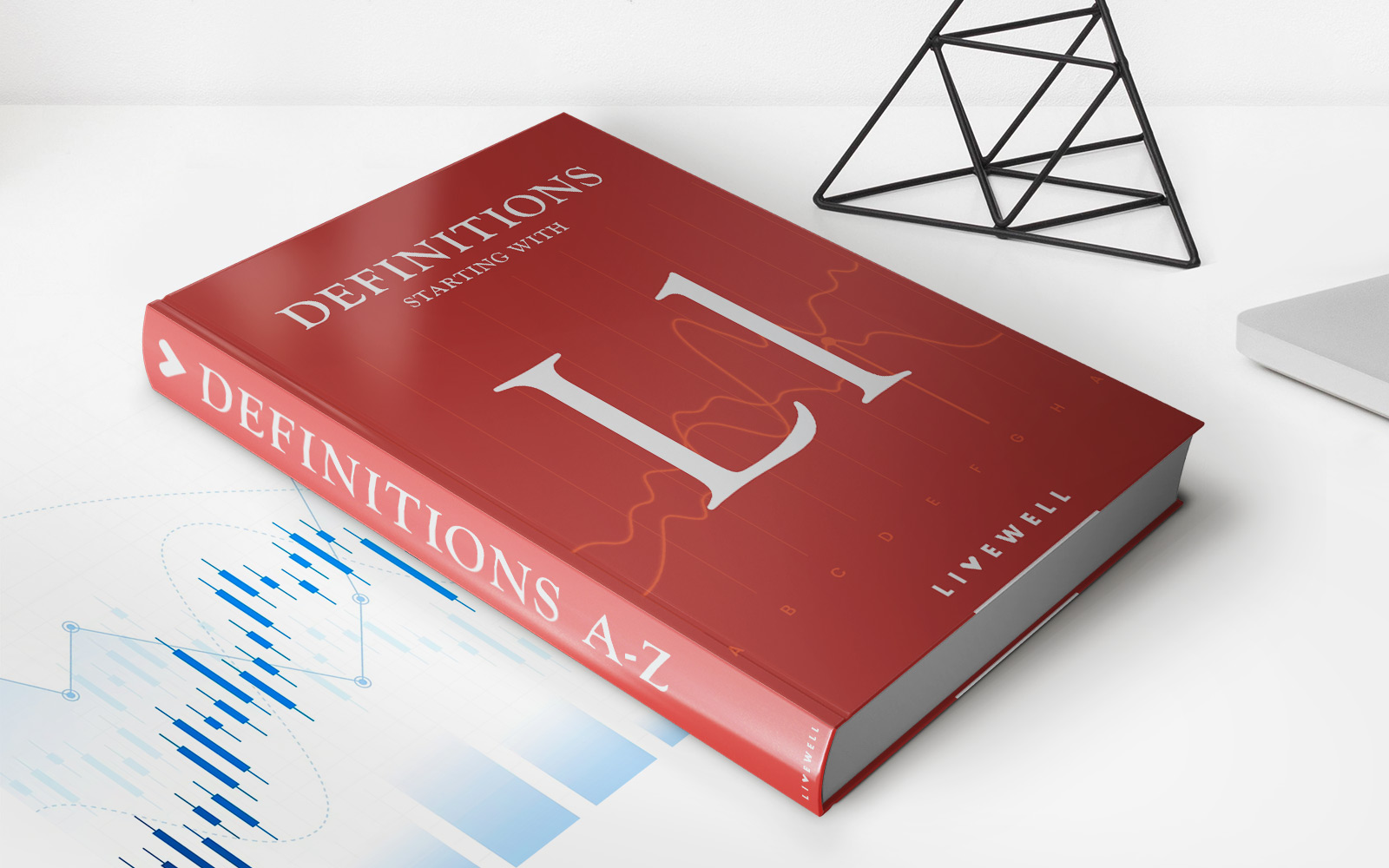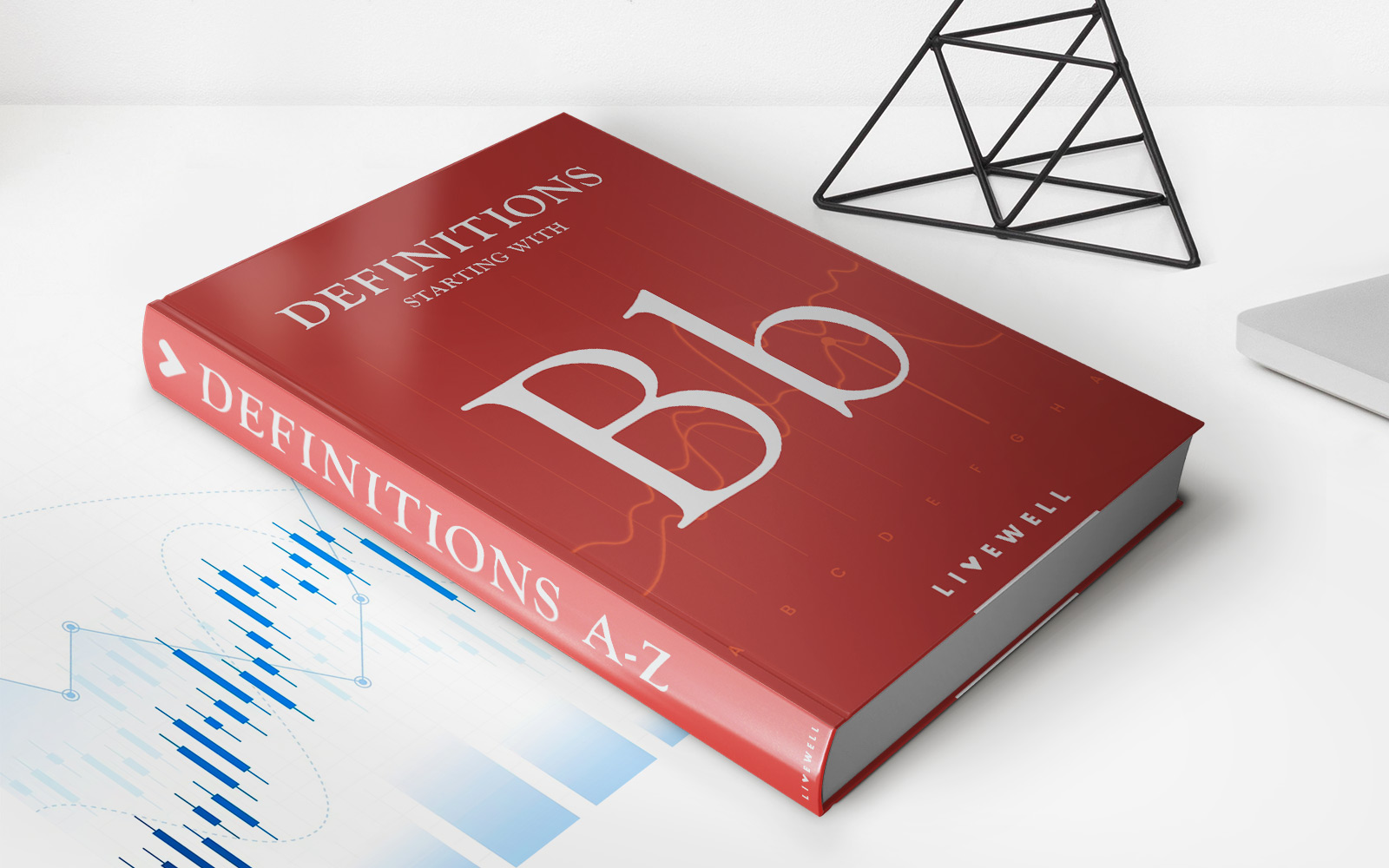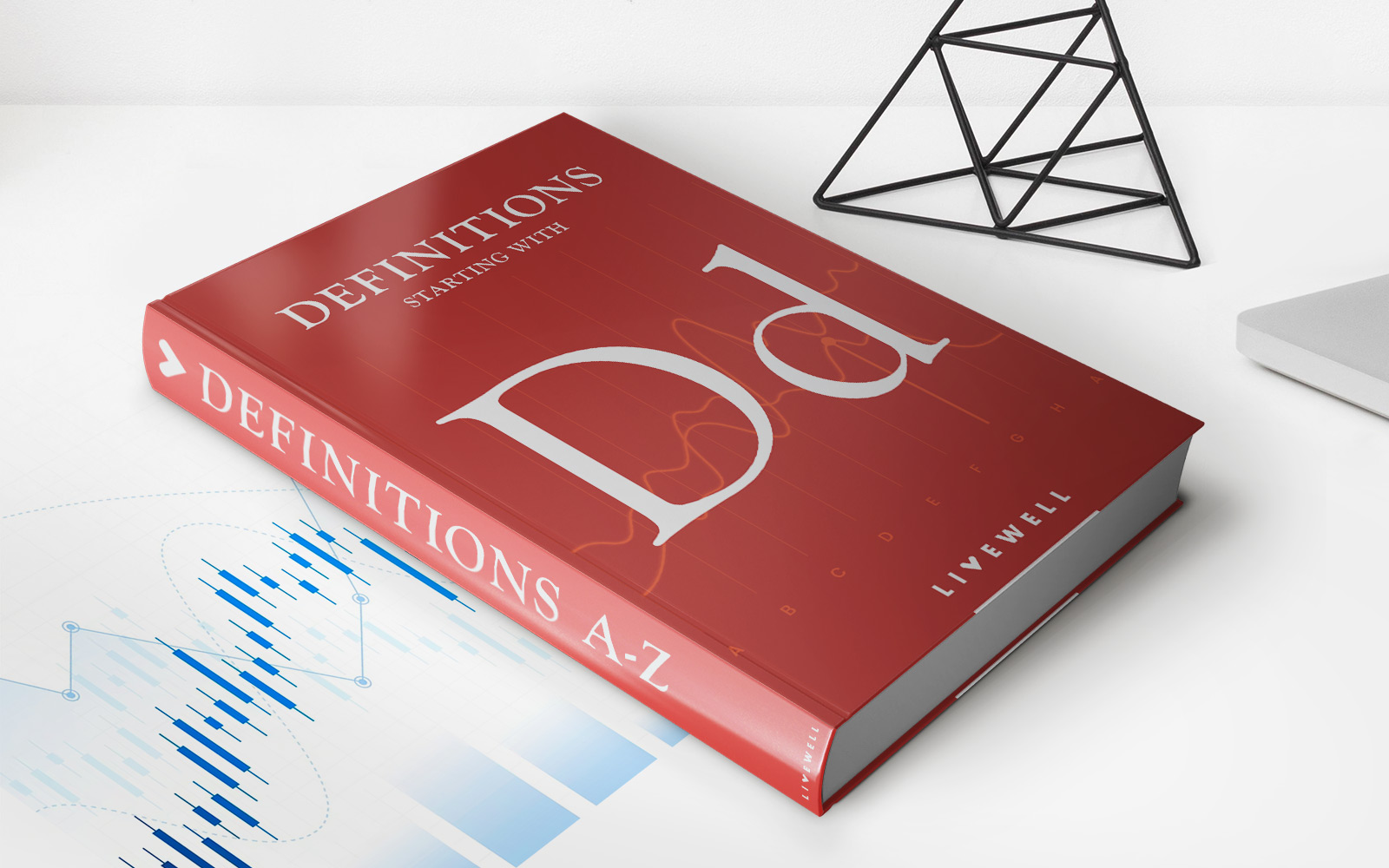Home>Finance>Tax-Equivalent Yield Explained: Definition, Calculation, Examples
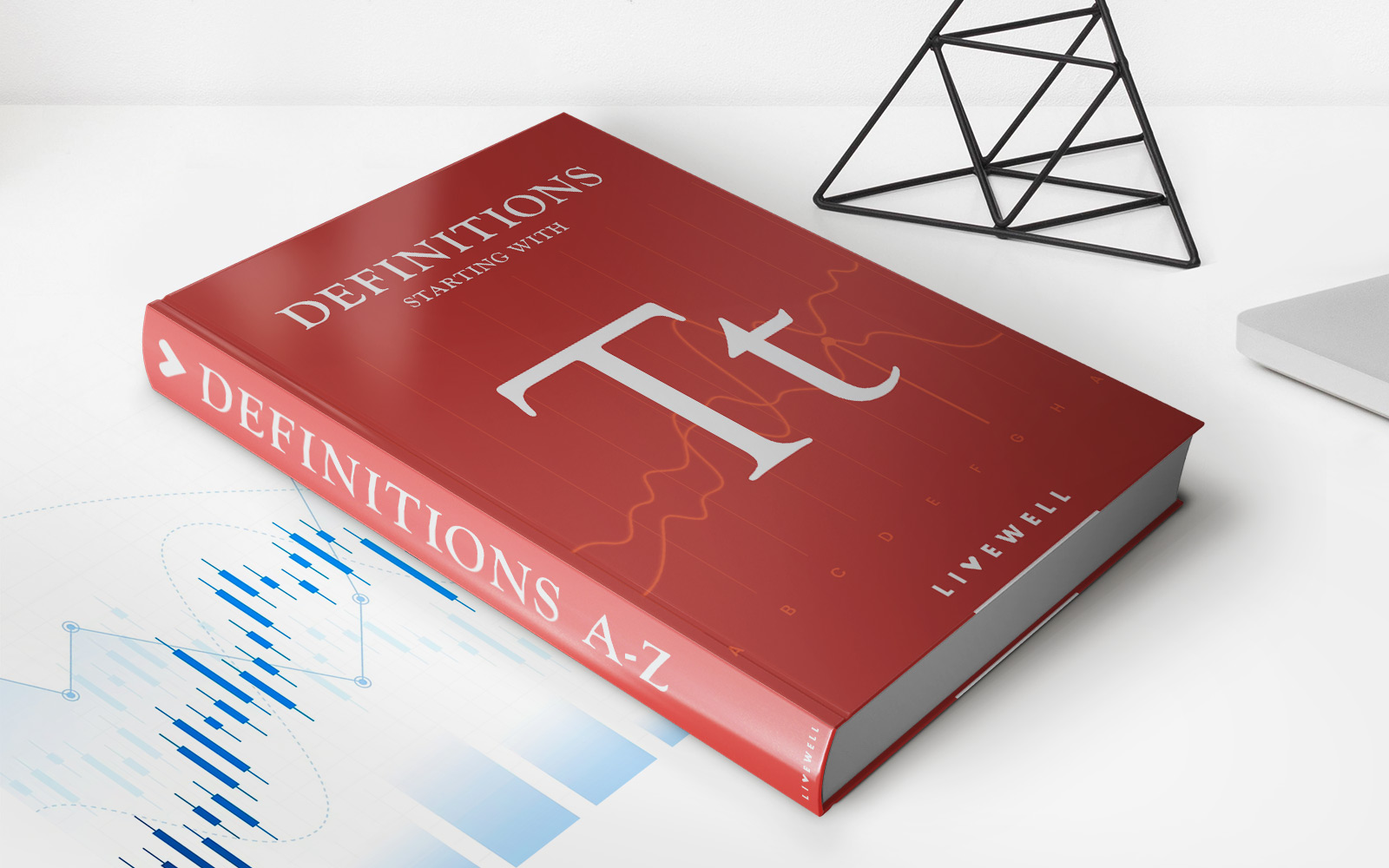

Finance
Tax-Equivalent Yield Explained: Definition, Calculation, Examples
Published: February 6, 2024
Learn how to calculate and understand tax-equivalent yield in finance. Find a detailed definition and explore examples to enhance your financial knowledge.
(Many of the links in this article redirect to a specific reviewed product. Your purchase of these products through affiliate links helps to generate commission for LiveWell, at no extra cost. Learn more)
What is Tax-Equivalent Yield?
Are you confused about the concept of tax-equivalent yield? Wondering what it is and how it affects your investments? Well, you’ve come to the right place! In this article, we will explore tax-equivalent yield, its definition, calculation, and provide you with some examples to help you better understand this important concept in finance.
Key Takeaways
- Tax-equivalent yield is the pretax yield that a taxable bond or investment would need to possess to equal the after-tax yield of a tax-free investment.
- It is used to compare the after-tax yield of tax-free investments, such as municipal bonds, with taxable investments like corporate bonds.
Understanding Tax-Equivalent Yield
When it comes to investing, understanding the impact of taxes on your returns is crucial. Tax-equivalent yield is a tool that allows investors to compare the after-tax yield of a tax-free investment with that of a taxable investment. It takes into account an investor’s marginal tax rate to calculate the pretax yield required for the taxable investment to be equivalent in terms of after-tax returns.
In simpler terms, tax-equivalent yield helps you determine how much return a taxable investment would need to generate to provide the same after-tax income as a tax-free investment. It allows investors to make more informed decisions by considering the tax implications of different investment options.
Calculating Tax-Equivalent Yield
To calculate the tax-equivalent yield, you need to follow these steps:
- Determine your marginal tax rate: Your marginal tax rate is the percentage of tax you pay on the last dollar of your taxable income.
- Subtract your marginal tax rate from 1: This will give you the after-tax rate of return.
- Divide the tax-free yield by the after-tax rate of return: This will give you the tax-equivalent yield.
Here’s an example to help illustrate the calculation:
Let’s say you are considering two investments: a tax-free municipal bond with a yield of 4% and a taxable corporate bond with a yield of 6%. Your marginal tax rate is 30%. To calculate the tax-equivalent yield for the municipal bond:
- Your after-tax rate of return is calculated as 1 – 0.30 = 0.70 (or 70%).
- Divide the tax-free yield (4%) by the after-tax rate of return (0.70) = 4% / 0.70 = 5.71%.
Therefore, the tax-equivalent yield for the tax-free municipal bond is 5.71%.
Examples of Tax-Equivalent Yield
To fully understand the concept of tax-equivalent yield, let’s look at a couple of examples:
- Example 1: An individual with a marginal tax rate of 25% is considering investing in a municipal bond that offers a tax-free yield of 3%. To calculate the tax-equivalent yield:
- After-tax rate of return = 1 – 0.25 = 0.75 (or 75%).
- Tax-equivalent yield = 3% / 0.75 = 4%.
- Example 2: Another individual with a marginal tax rate of 40% is considering investing in the same municipal bond with a tax-free yield of 3%. To calculate the tax-equivalent yield:
- After-tax rate of return = 1 – 0.40 = 0.60 (or 60%).
- Tax-equivalent yield = 3% / 0.60 = 5%.
Therefore, the tax-equivalent yield for this individual is 4%.
Therefore, the tax-equivalent yield for this individual is 5%.
As you can see from these examples, a higher marginal tax rate results in a higher tax-equivalent yield, indicating that a taxable investment needs to offer a higher pre-tax yield to match the after-tax yield of a tax-free investment.
Understanding tax-equivalent yield allows you to make more informed investment decisions, taking into consideration the tax implications of various investment options. It is a valuable tool for comparing the after-tax returns of tax-free and taxable investments.
So, next time you are evaluating investment opportunities, don’t forget to take the tax-equivalent yield into account!
